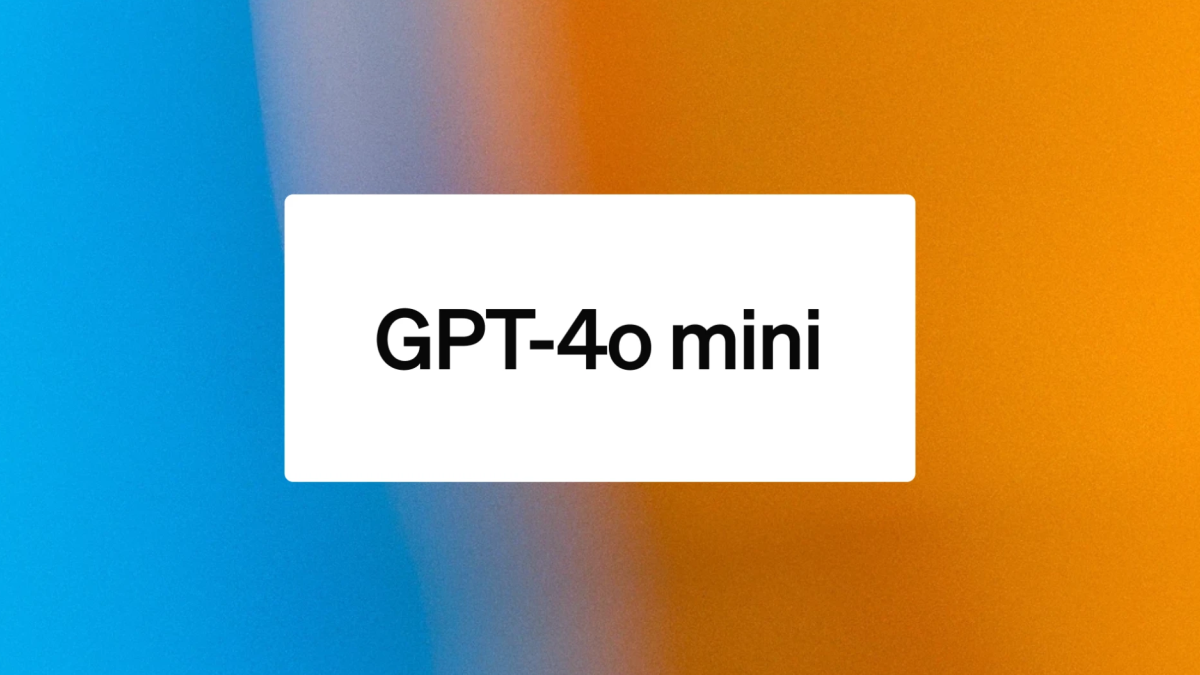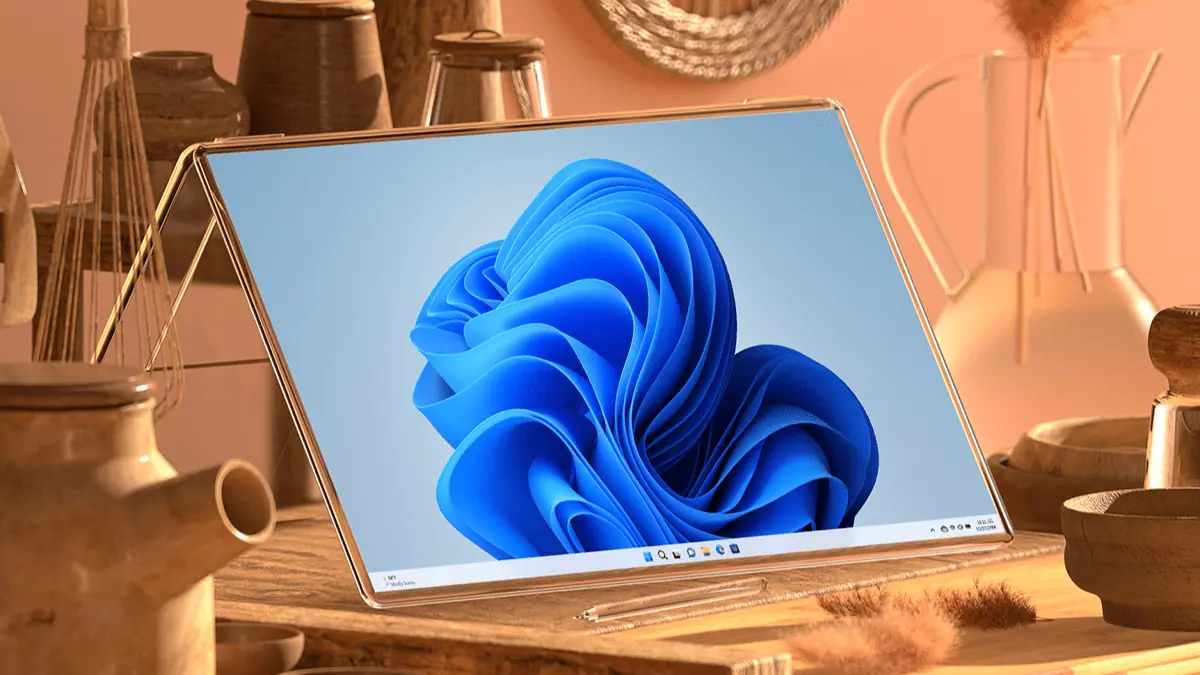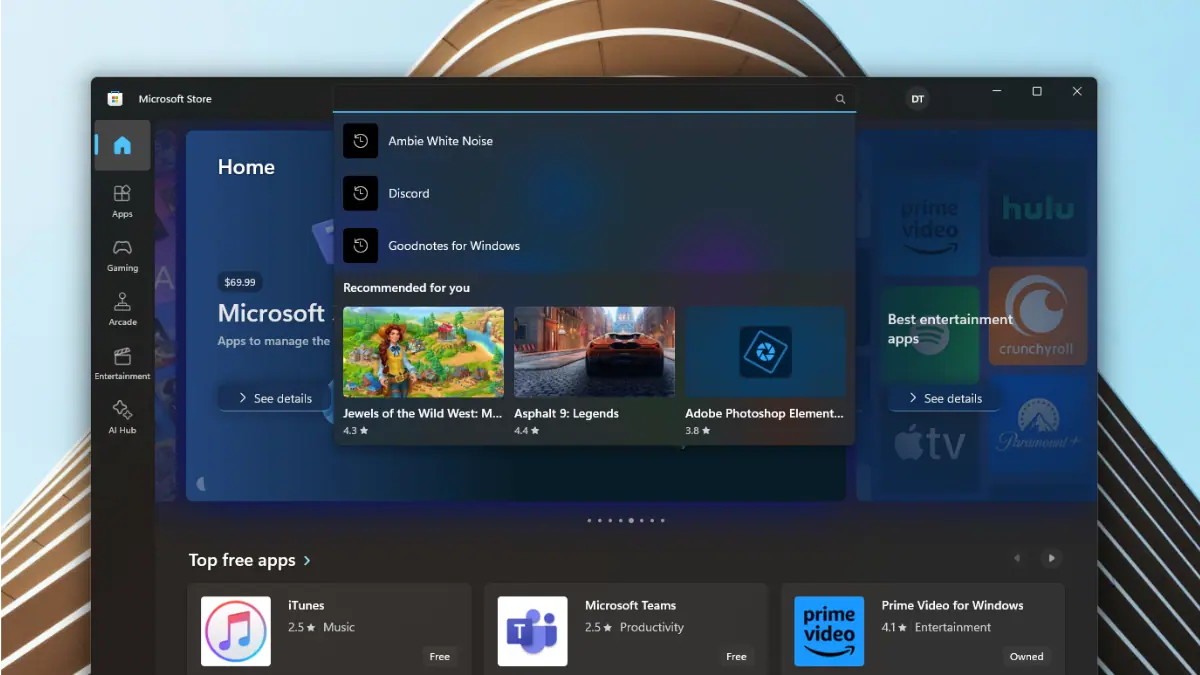Microsoft release new Cumulative Update for Windows 10 Fall Creators Update
4 min. read
Published on
Read our disclosure page to find out how can you help MSPoweruser sustain the editorial team Read more

If you are still on the Windows 10 Fall Creators Update (1709) Microsoft is pushing out a new Cumulative Update to you with a number of improvements.
Delivered by KB4103714, the update takes your OS to version Windows 10 Build 16299.461 and has the following changelog.
Improvements and fixes
- Addresses additional issues with updated time zone information.
- Addresses an issue that causes Internet Explorer dialogs on a second monitor to also appear on the primary monitor when using extended display.
- Addresses an issue with Microsoft Edge browser windows in remote sessions.
- Addresses a reliability issue in .NET applications when using a Japanese IME in a textbox.
- Addresses a reliability issue that may cause Microsoft Edge or other applications to stop responding when you create a new audio endpoint while audio or video playback is starting.
- Addresses an issue with Bluetooth devices failing to receive data after a restart.
- Addresses an issue that can prevent the touch keyboard from showing up reliably in some instances.
- Addresses an issue where UWP apps that store local crash dumps in their local app data folders can’t be cleared using Disk Cleanup or StorageSense. In these cases, LocalDumps isn’t enabled.
- Addresses an issue that prevents adding performance counters to the Performance Monitor on systems with many processors.
- Addresses an issue that causes BitLocker to go into recovery mode when updates are applied.
- Addresses an issue where expired VPN certificates aren’t deleted, slowing application performance.
- Addresses an issue that causes sporadic authentication issues when using Windows Authentication Manager.
- Addresses an issue that causes client applications that use Windows Authentication Manager to stop working when making a request to the server.
- Addresses an issue with the invalidation of the Windows Authentication Manager token cache.
- Addresses an issue that cause a timeout error when a VPN tries to disconnect from a device that is in the Connected Standby state.
- Provides an explicit error when plugins fail to connect to prevent timeouts.
- Addresses an issue where running the DiskShadow utility after adding a persistent memory controller causes RetrieveAllVirtualMachinesComponentsMetadata() to stop responding.
- Addresses an issue that causes a VM to throw an error after creating the VM with static memory. This occurs when you enable HYPER-V and disable NUMA in the BIOS on a physical machine that has more than 64 logical processors. The error is “The data is invalid. (0x8007000D)”, and the VM fails to start.
- Addresses an issue that occurs when multiple processes are limited by rate, using job objects. This can cause various symptoms including, but not limited to, system-process CPU spikes, interrupt-time CPU spikes, high privileged time on some CPUs, and increased system or processor queue lengths.
- Addresses an issue that causes docker builds to fail with the error message “hcsshim::ImportLayer failed in Win32: The system cannot find the path specified.”
- Addresses an issue in which Windows 10 clients that authenticate to 802.1x WLAN access points fail to apply Group Policy permissions, run scripts, or retrieve roaming profiles at user logon. This occurs because Kerberos authentication fails for \\domain\sysvol, \\domain\netlogon, and other DFS paths.
- Addresses an issue in a RemoteApp session that causes clicking in the foreground window to become unresponsive when using grouped windows.
- Addresses an issue in a RemoteApp session that may result in a black screen when maximizing an application on a secondary monitor.
- Addresses an issue with application association in the DISM tool.
- Adds support to Microsoft Edge and Internet Explorer 11 for the SameSite cookie web standard. For more details about SameSite cookies, see our recently published blog post.
If you installed earlier updates, only the new fixes contained in this package will be downloaded and installed on your device.
Users can download the update directly here or by Checking for Updates in Settings.
Via Neowin.net








